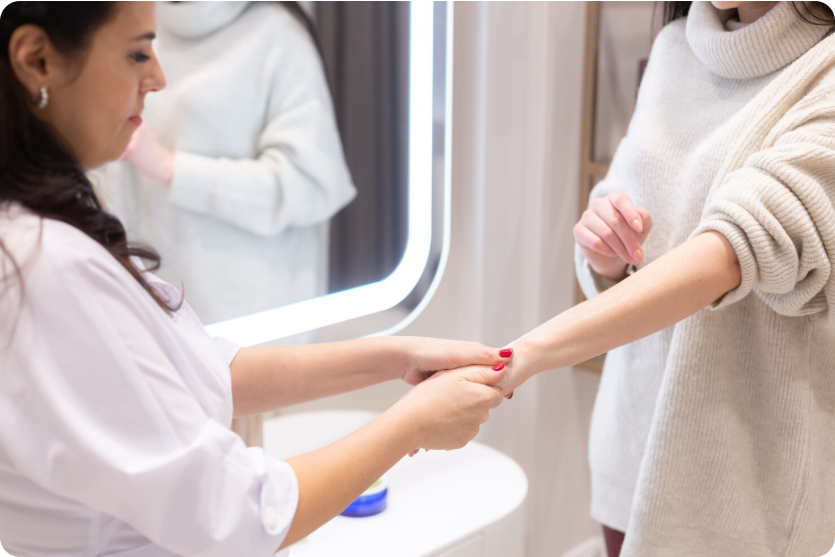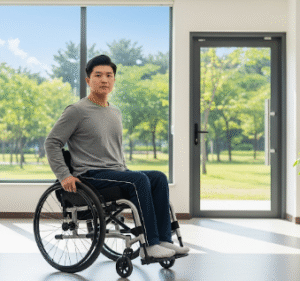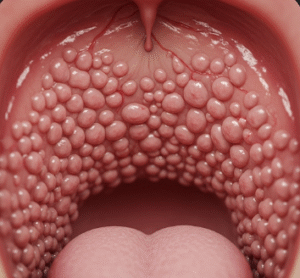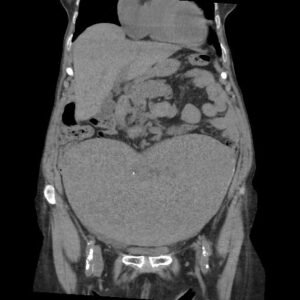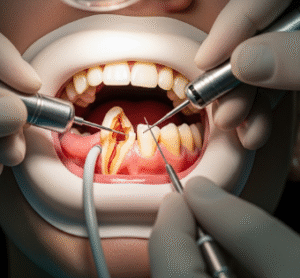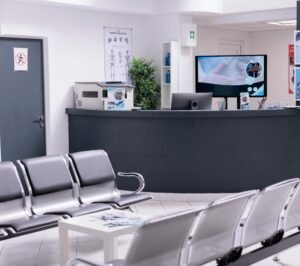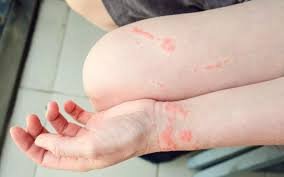What It Is
Hand scar revision is a surgical or non-surgical procedure that improves the appearance, texture, and function of scars on the hands. Because the hands are highly visible and functional, scars here can cause both aesthetic concerns and functional limitations such as stiffness, contractures, or sensitivity.
In Korea, scar revision is performed by plastic and reconstructive surgeons using advanced techniques like excisional surgery, Z-plasty, W-plasty, laser resurfacing, microneedling, and fat grafting to improve both appearance and movement.
Why It’s Done
Patients undergo hand scar revision because:
- They want to reduce visible scarring from injury, burns, or surgery.
- Scars interfere with hand movement or flexibility.
- Scars cause psychological distress or self-consciousness.
- Some scars are painful, raised (hypertrophic or keloid), or irregular in texture.
Good candidates include:
- Patients with mature scars that remain cosmetically or functionally problematic.
- Those with realistic expectations about improvement (scars cannot be completely erased, but can be significantly improved).
- Individuals in good health without active infections or wound healing issues.
Alternatives
- Laser treatments: Improve pigmentation, thickness, and texture.
- Steroid injections: Useful for hypertrophic or keloid scars.
- Silicone sheets or gels: Non-surgical scar management.
- Pressure therapy: Often used after burn scars to minimize contracture.
- No treatment: If scars are mild and not bothersome.
Preparation
Before hand scar revision in Korea, patients will:
- Undergo consultation and scar evaluation (appearance, thickness, location, and impact on mobility).
- Provide medical and surgical history.
- Stop smoking and alcohol 2–4 weeks before surgery.
- Avoid blood-thinning medications and supplements.
- Discuss realistic outcomes, as scars can be improved but not completely eliminated.
How It’s Done
- Anesthesia: Local anesthesia, regional block, or general anesthesia depending on the procedure.
- Techniques:
- Excision and re-closure: Removing the old scar and carefully re-suturing for a finer line.
- Z-plasty or W-plasty: Reorienting the scar to reduce tension and improve flexibility.
- Skin grafts or flaps: For large or deep scars.
- Laser resurfacing or dermabrasion: To smooth irregular scars.
- Fat grafting: To improve volume and soften scar tissue.
- Duration: 1–3 hours depending on the complexity.
Recovery
- First week: swelling, bruising, and mild discomfort.
- Sutures removed in 1–2 weeks, unless dissolvable sutures are used.
- Light hand use resumes quickly; strenuous activity may be restricted for 3–4 weeks.
- Final scar remodeling and improvement take 3–12 months.
Possible Complications
- Recurrence or thickening of the scar.
- Asymmetry or irregular contour.
- Temporary numbness or sensitivity.
- Delayed healing or infection.
- Rare risks: functional limitation if scar contracts again.
Treatment Options in Korea
Diagnosis
- Detailed physical examination of scar type (linear, hypertrophic, keloid, contracture).
- Imaging or functional tests if scar limits joint movement.
Medical Treatments
- Steroid injections, silicone therapy, or laser sessions for mild to moderate scars.
- Physical therapy to improve hand mobility.
Surgical or Advanced Therapies
- Scar excision and refined closure for linear scars.
- Z-plasty/W-plasty for contracture release.
- Skin grafts or local flaps for severe burn or traumatic scars.
- Laser resurfacing or dermabrasion for surface irregularities.
- Fat grafting for volume restoration and scar softening.
Rehabilitation and Support
- Hand therapy and physiotherapy to maintain mobility.
- Scar management with silicone sheets, gels, and massage.
- Regular follow-ups for long-term monitoring.
- International patients benefit from Korea’s combination of reconstructive expertise, advanced scar management technologies, and cosmetic refinement skills.

